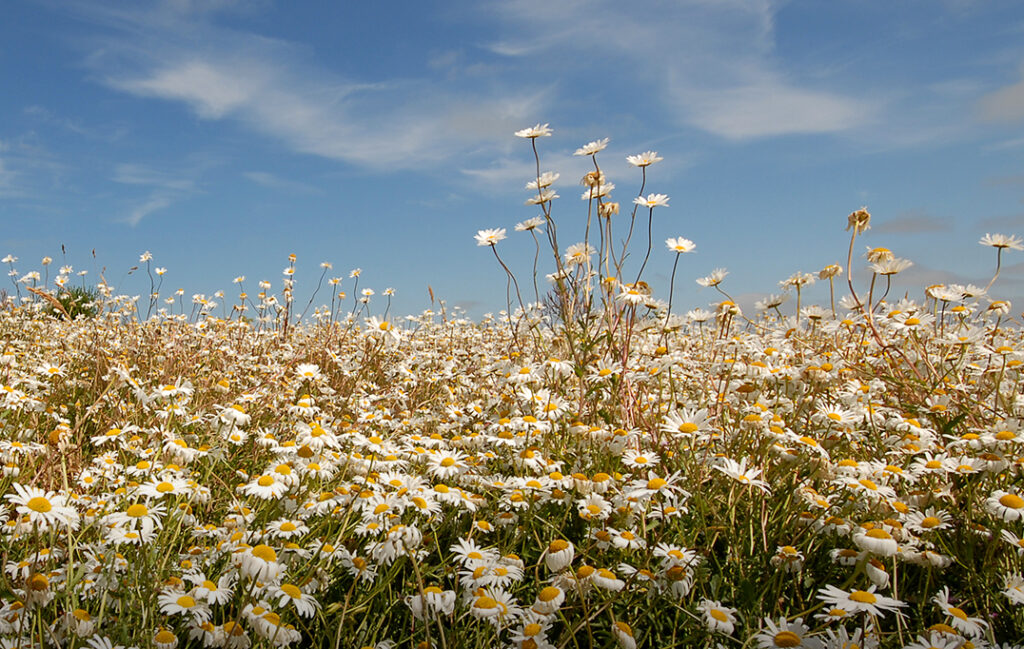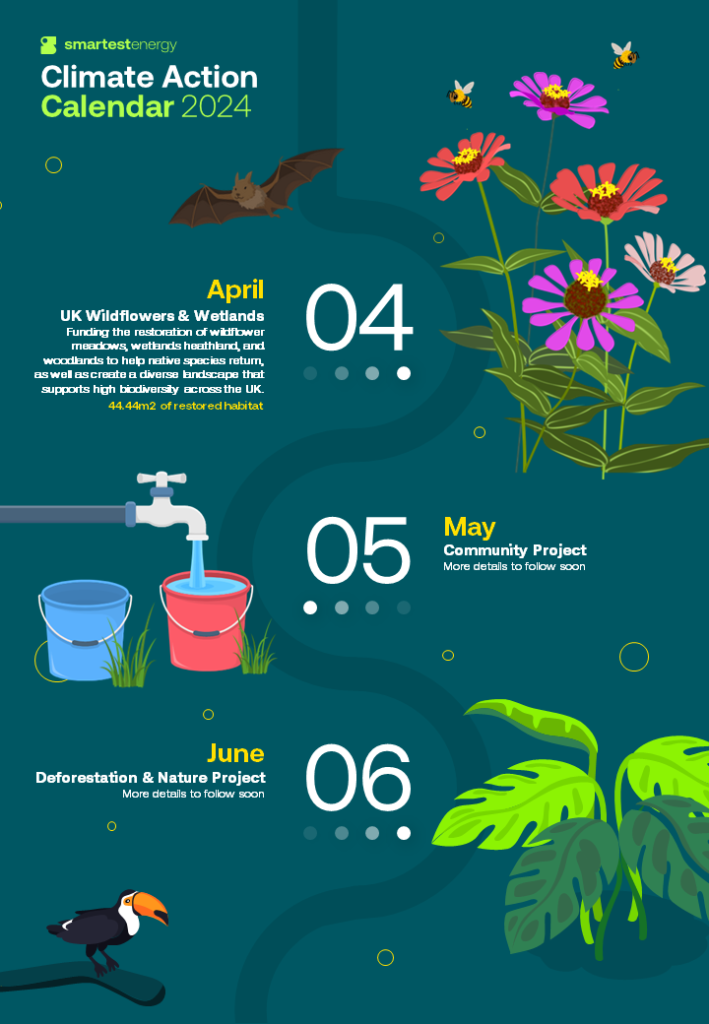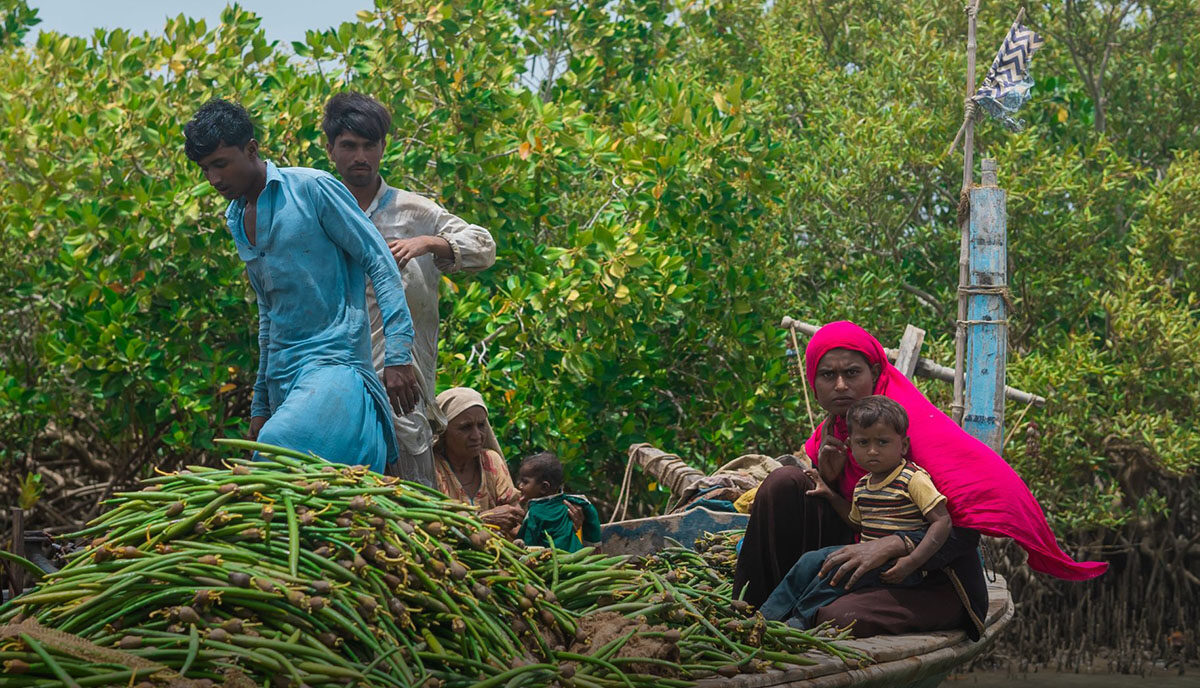Biodiversity in the UK
Biodiversity in the UK is under threat due to habitat loss, ranking among the bottom 10% globally for biodiversity intactness. Factors driving the decline include intensive farming, climate change, human-driven hydrological changes, urbanisation, invasive species, pests, pathogens, pollution, and woodland mismanagement.
Focused on restoring habitats, wildflowers, wetlands, and wildlife, the climate action project aims to create a diverse landscape that can support high biodiversity across the UK.

Wildflower Meadow Creation & Habitat Enhancement
Losing 97% of wildflower meadows in the UK over recent decades, highlights the pressure on native flower species and dependent wildlife.
Establishing a new wildflower meadow with fewer than five plant species per square meter, including sweet vernal-grass, red fescue, selfheal, meadow buttercup, and red clover, is among the goals of the project. Also, locally sourced seed plugs will be used to restore degraded marshy grasslands. These efforts will help protect sites with rare species, like the Northern Brown Argus butterfly, which depends on Common rock-rose wildflower.

Wetland Improvement: Peatland Restoration & Pond Creation
Wetlands have suffered significant loss since the 20th century, with 90% of lowland ponds disappearing and widespread drainage of upland peatland after World War II.
Rebuilding peatlands and creating new ponds this project aims to enhance carbon storage and strengthen wildlife habitats, benefiting species such as Snipe, Otters, and dragonflies. As part of this effort, removing invasive conifers and Rhododendron shrubs is key to restoring peatland health and encouraging the growth of native species like cranberry and sphagnum mosses.
Restoring Habitats For Native Wildlife
According to the IUCN Red List, 15% of the 8,431 species evaluated in the UK are endangered, with 43% of birds and 26% of mammals, including red squirrels and hedgehogs. Under this initiative, efforts to improve these conditions include planting wildflowers to attract pollinators, creating wetlands, and safeguarding ancient woodlands. Additionally, the removal of invasive plants and introduction of native trees will enhance ecosystem health, enrich soil quality, and support rare species like bats, birds, and red squirrels.
Taking Action – How You Can Get Involved
We invite our customers, partners, and stakeholders to join us on the path to a sustainable future. If you’d like to learn more about this project and our other carbon offsetting contributions, visit our Ecologi dashboard here:
Here’s our Climate Action Calendar, showcasing our initiatives for climate action the past, present and future projects.

Source: Natural History Museum
Gov UK



